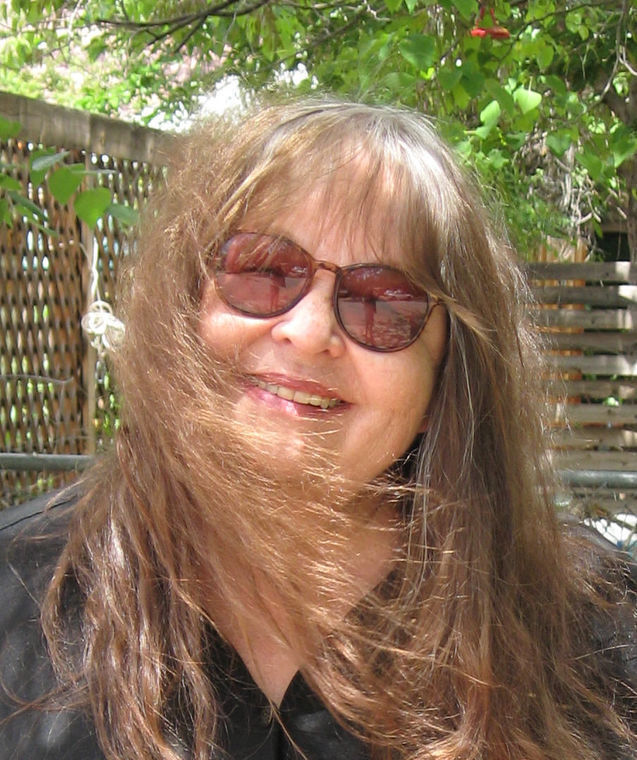If you’ve spent any time in the West, you know that water is a touchy subject. Everybody wants more and builds as if the supply is inexhaustible.
If you keep studying a problem, you don’t have to actually do anything about it. We’ve been studying water in Grand County for at least 35 years. I’ve lost count of how many water studies have been done, or how many times planning has been postponed awaiting the latest study results, but meanwhile building continues. I haven’t lost count of how many water usage plans have been accomplished, mainly because there haven’t been any. In all these years, we’ve never fully faced the problem of not having enough water to support the greed for more and more growth.
Local government is still ignoring the fact that our water supply is not inexhaustible. When forced to face the problem, it makes suggestions such as a ban on garbage disposals, while giddily permitting more and more hotels. A home garbage disposal uses an average of 1.32 gallons per day. Water Management, Inc. estimates that a mid-market hotel uses around 100 gallons per day per room. A water-conscious facility still uses at least 53 gallons per day per room. Does anyone see the disconnect here?
While not currently in the news, Cloudrock still looms over our water usage horizon. As does the chimera of a USU-Moab campus, complete with student housing. What is the estimated water usage for that? The planned Sky Ranch development will need water.
Where is all this water supposed to come from?
I accept the scientific evidence of climate change. You can argue politics all you want, but there is factual evidence that the planet is warming. Even under the Trump administration, the Environmental Protection Agency records data that demonstrate each year is becoming just a bit warmer. As the climate warms, less precipitation falls as snow, and more snow melts during the winter. That decreases snowpack – the amount of snow that accumulates over the winter. The La Sal snowpack charges our aquifers, providing most of our available water.
The annual precipitation totals from the NOAA National Climatic Data Center list Moab’s average precipitation as 9.5 inches per year. A December 7, 2017, article in this paper stated, “The Western Regional Climate Center designated all of Grand and San Juan counties … in a ‘moderate drought,’ as of Nov. 21. Prior to the drought listing, the Moab area was categorized as ‘abnormally dry’ for this time of year.”
The City’s 2016 Water Conservation Plan Update “sets forth an analysis of the period of 2011-2015. Average per capita consumption for 2015 was 282 gallons per person per day, when including all culinary consumption (residential and commercial), divided by the resident Moab population. This consumption level requires significant conservation measures to decrease consumption to a level that meets state and federal consumption goals. If only residential use is taken into account, the figure was much lower (146 gallons per person per day), but does not portray a realistic picture of total impact on the existing water supply. Further, at current usage rates which take into account current tourism impacts, this report suggests the city will exceed water supply when the population reaches 11,552 residents.” The 800-pound gorilla in the room is San Juan County, which plans to build out to 14,000 residents in its portion of Spanish Valley, almost twice the current population in the entire valley today.
The Moab Water Conservation and Drought Management Advisory Committee’s request to the Moab City Council for a moratorium on new water rights is a step in the right direction. According to an article in the March 1, 2018, Times-Independent, the committee said, “Continuing to perpetuate the impression that abundant groundwater resources are available for unchecked development is misleading and a disservice to valley residents.”
But that committee has no regulatory power. If it doesn’t act soon, neither will the city. If the city council were to support the committee’s request, the decision would still be up to the Utah Division of Water Rights. Local experience with state agencies doesn’t inspire much confidence. Grand is not a popular county in the eyes of the state. If it comes to a showdown between Grand and San Juan counties, I’d put money on San Juan. We need to get out in front of this.
It’s time for local government to move beyond studies and institute policy – while we still can. Since this is an election year, we’ll hear a lot of lip-service given to how we can keep Moab a viable town for locals, as well as tourists. While a living wage, transportation, low-income housing and noise abatement are important issues, none of them will mean much if we find ourselves lining up at Matrimony Springs for drinking water.
Michaelene Pendleton is a retired mental health therapist who has lived in Moab on and off since 1954, and has seen the town through boom and bust.



